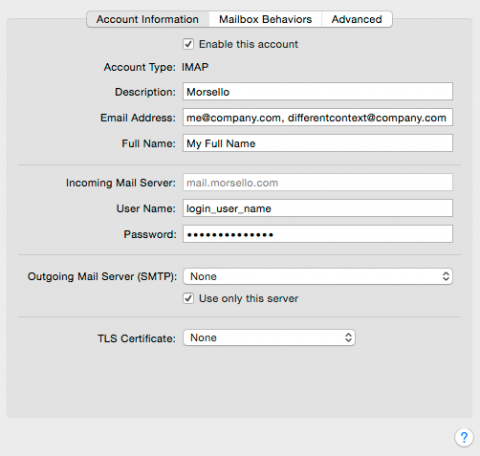The successful man is the average man, focused.
—ANONYMOUS
You would not believe how difficult it is to be simple and clear. People are afraid that they may be seen as a simpleton. In reality, just the opposite is true.
—JACK WELCH
Dr. Earl Miller at the Massachusetts Institute of Technology: “You cannot focus on one [task] while doing [an]other. That’s because of what’s called interference between the two tasks.… People can’t multitask very well, and when people say they can, they’re deluding themselves. The brain is very good at deluding itself.
Chapter 2
Singletasking is characterized by high energy and sharp focus … yielding exceptional results and respect.
Concentrate all your thoughts upon the work at hand.
The sun’s rays do not burn until brought to a focus.
—ALEXANDER GRAHAM BELL
Part II
Focus and simplicity. You have to work hard to get your thinking clean, to make it simple. It is worth it because then you can move mountains.
—STEVE JOBS
…the fact that we are hesitant to be alone with our thoughts.
The prefrontal cortex shrinks from the stress of constant overload. The amygdala takes over, flooding the brain with negative emotions such as fear, aggression, and anxiety. As gray matter shrinks, we become cognitively impaired.2
Lewis Cass: “People may doubt what you say, but they will always believe what you do.”
When I conduct 360-degree feedback assessments, one of the most shocking and common results for executives is that they are perceived as untrustworthy. This does not mean they are unethical. It usually indicates the leaders don’t prioritize their staffs’ needs.
Receiving undivided attention for five minutes seems universally preferable to being held hostage in someone else’s hectic office for forty-five minutes, while scores of other tasks take precedence over the meeting itself.
One technique that may help you to integrate Dr. Kross’s advice is to use third-person pronouns or your own name when writing, thinking, or speaking about challenges you face. Practicing self-reflection to work through life’s challenges is one of the most beneficial applications of singletasking.
Always do one thing less than you think you can do.
—BERNARD MANNES BARUCH

